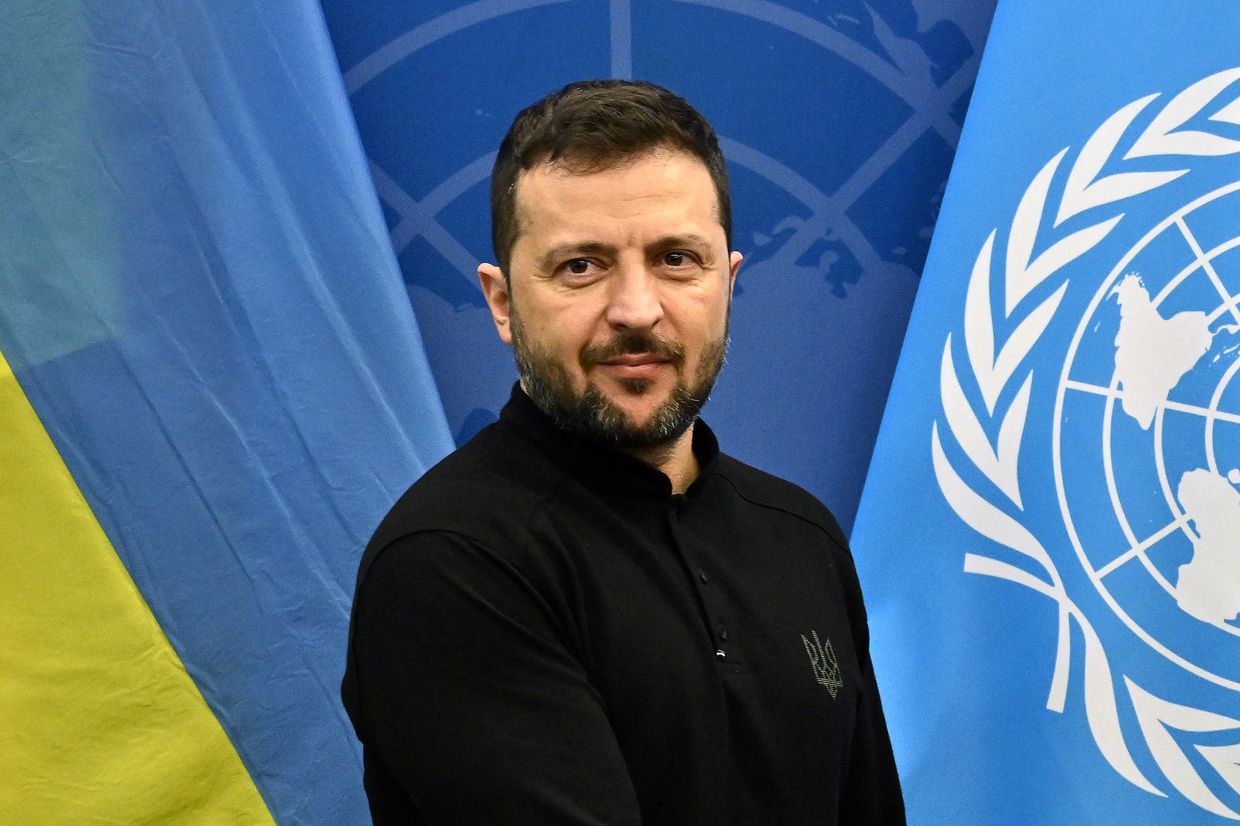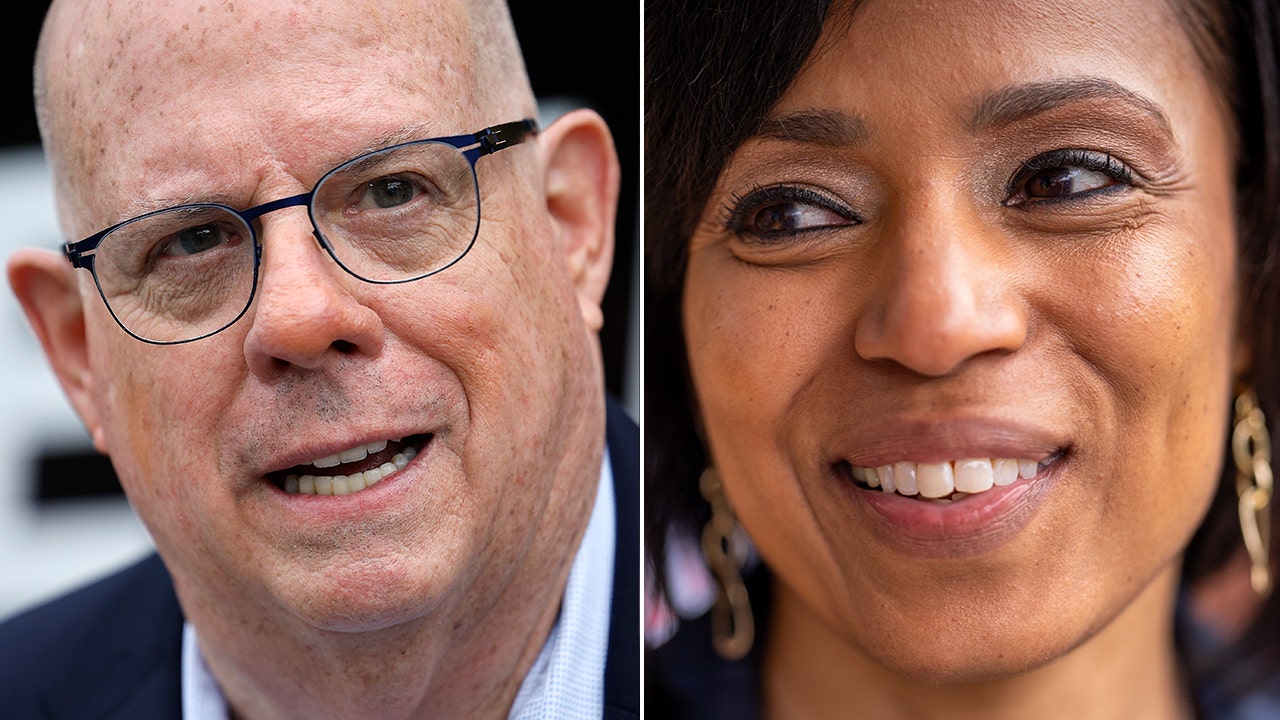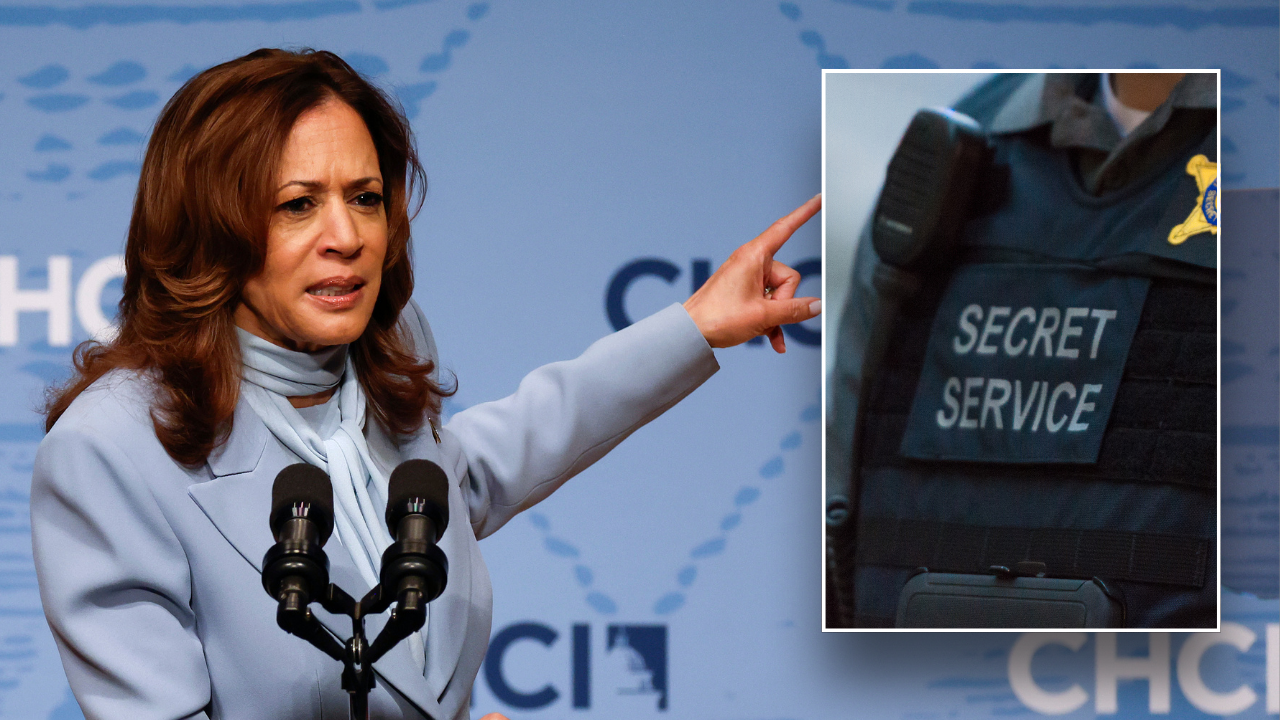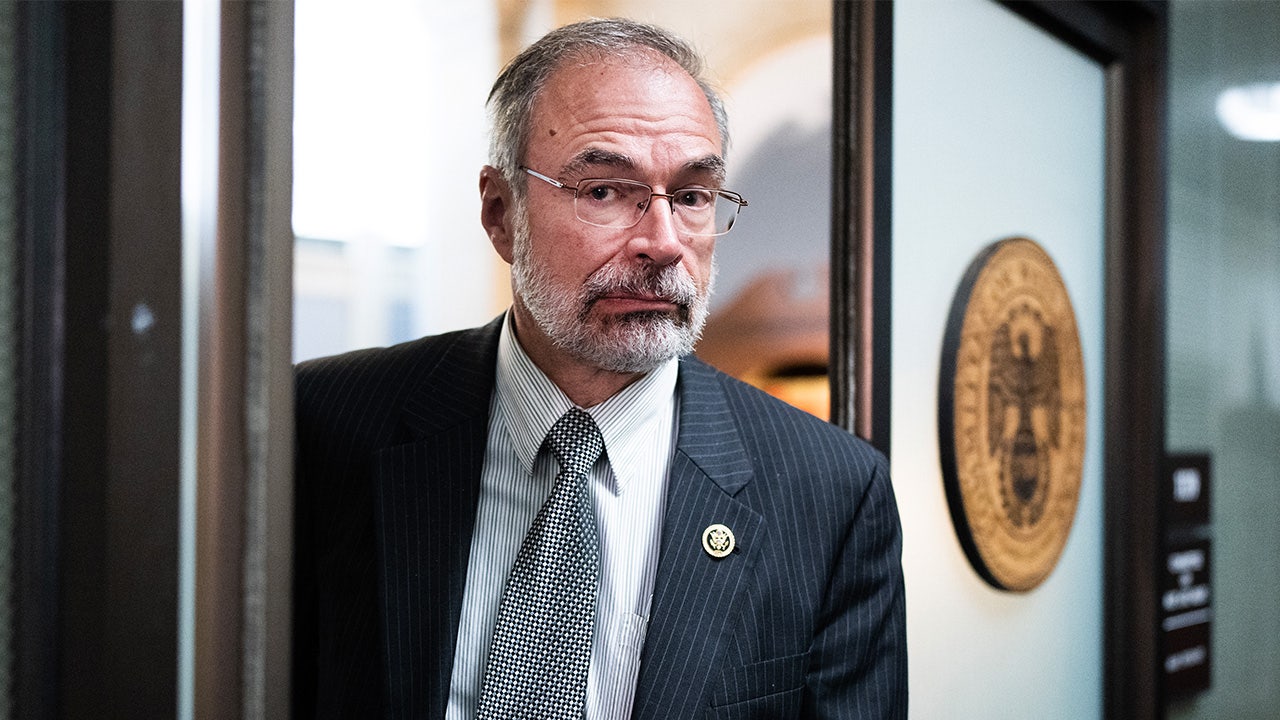Israel’s military launched new strikes on Beirut and expanded its bombing campaign to the Lebanon-Syria border despite a last-minute diplomatic push for a ceasefire to prevent full-blown war with Hizbollah.
The Israel Defense Forces did not immediately provide details of who the strikes had targeted, but residents of the city said they had heard three blasts in the southern suburb of Dahiyeh, which Hizbollah controls.
The strikes are part of a massive escalation launched by the Israeli military in Lebanon over recent days, which has fuelled fears that the year-long hostilities between Israel and the Lebanese militant group are on the verge of spiralling into a broader regional conflict.
In an effort to defuse tensions, US President Joe Biden and his French counterpart Emmanuel Macron on Wednesday put forward a proposal for a 21-day ceasefire between the two sides.
US officials hope that the truce will allow time to negotiate a more durable ceasefire between Israel and Hizbollah, and also put pressure on Hamas to accept the terms of a ceasefire-for-hostages deal with Israel in Gaza.
But Israeli officials quickly poured cold water on hopes of a breakthrough. In a brief statement issued as he headed to New York to address the UN General Assembly, Prime Minister Benjamin Netanyahu said he had not yet responded to the proposal and ordered the Israeli military to keep fighting “at full force”.
Israel’s foreign minister Israel Katz said there would be no ceasefire until Israelis displaced by the fighting had returned home. Bezalel Smotrich, Israel’s ultranationalist finance minister, said the country’s campaign should “end in one scenario: crushing Hizbollah and removing its ability to harm the residents of the north”.
“The enemy must not be given time to recover from the heavy blows he received and to reorganise for the continuation of the war in 21 days’ time,” he wrote on X on Thursday morning.
Their comments were echoed by a string of other far-right members of Israel’s government with settlements minister Orit Strock saying there was “no moral mandate for a ceasefire, not for 21 days and not for 21 hours”.
Netanyahu depends on the far-right members of his coalition to remain in power. Ministers from his Likud party also spoke out against the plan.
While the US-French proposal, which was backed by the G7, EU, Australia, Saudi Arabia, United Arab Emirates and Qatar, did not set a deadline for the two sides to respond, US officials had previously said that they expected the Israeli and Lebanese governments to do so “in the coming hours”.
People familiar with the situation said the US hoped that Netanyahu would use his speech at the UN to announce that Israel’s war in Gaza was moving into a new phase, which might persuade Hizbollah — which has insisted it will not stop firing at Israel until the war in Gaza is over — to agree a temporary truce.

The burst of diplomatic activity follows a major Israeli offensive against Hizbollah. The militant group initiated the hostilities when it began firing rockets at Israel on October 8 in support of Hamas, which had launched its attack on Israel the previous day.
But over the past week, Israel has assassinated a string of senior Hizbollah commanders, and on Monday it launched a broad bombing campaign targeting what it said were the militant group’s weapons stores in Lebanon, killing more than 600 people. On Wednesday, the head of Israel’s army told troops to prepare for a possible ground operation in Lebanon.
The military said on Thursday morning that it had conducted further strikes overnight, hitting 75 Hizbollah targets in Lebanon’s Bekaa Valley.
Lebanon’s health ministry said 20 people were killed, 19 of them Syrian nationals, in an Israeli attack that levelled a building in the town of Younine in the Bekaa Valley. That was the deadliest strike in a day of bombings that also killed seven others elsewhere in Lebanon’s south, according to a Financial Times tabulation of health ministry statements.
Until this week Israel had rarely targeted the Bekaa Valley, a Hizbollah stronghold along Lebanon’s eastern border with Syria, previously concentrating most strikes in the south.
The IDF said it had also struck targets on Lebanon’s border with Syria relating to Hizbollah weapons transfers, while a Lebanese minister said at least one of the strikes landed on the Syrian side of a bridge connecting the two countries.
Hizbollah has also begun firing deeper into Israel. On Wednesday, it fired a ballistic missile at Tel Aviv, Israel’s commercial hub, for the first time, which was shot down by air defences. On Thursday, it fired a barrage of about 45 rockets at Israel, according to the Israeli army, most of which were intercepted.
Additional reporting by Polina Ivanova in Jerusalem
Data visualisation by Steven Bernard and Alan Smith



:quality(70)/cloudfront-us-east-1.images.arcpublishing.com/adn/3TY7DABTNZRZCZMWBADLY2QNKQ.jpg)






















